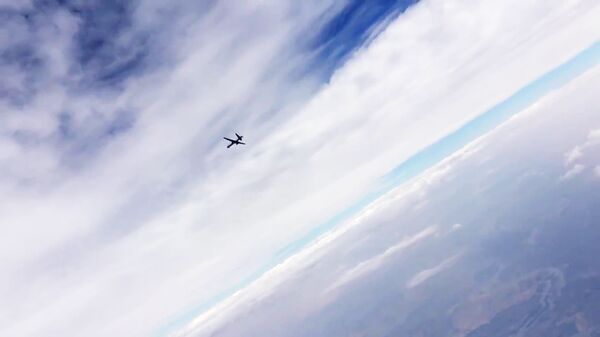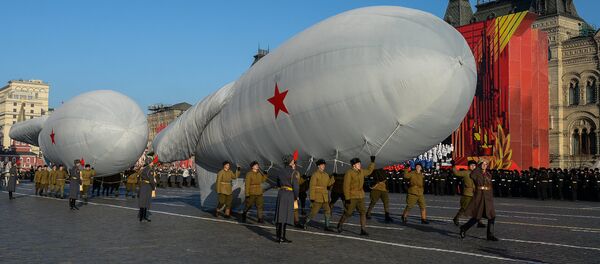Scientists from the Samara National Research University have started developing a multirole atmospheric pseudo-satellite that would hover 20 kilometers above the ground and be used to implement various long-term research and practical programs.
The project is being implemented at the University’s Aviation Technology Institute under a long-term strategic program: “Aerospace Engineering and Technology.”
This program is among the three basic “growth points” guaranteeing Samara University’s enhanced competitiveness for a global academic and education status. The project has teamed up with the Samara aerospace cluster as a co-executor.
The Progress State Research and Production Space Center, Sukhoi Company and the Myasishchev Experimental Machine-Building Plant are also to act as project partners.
In the next two years, Samara University researchers and their colleagues from Samara, Moscow, the Moscow Region and St. Petersburg will develop an aircraft that will also act as a space satellite. This atmospheric pseudo-satellite will monitor the environment, carry out remote-sensing projects, conduct meteorological observations and provide cell-phone communications in metropolises as a hovering antenna.
It will take off from and land at airfields and will cost less to operate than space satellites.
Scientists from the Aviation Technology Institute are currently assessing the new aircraft’s basic specifications, its performance and its overall layout.
“The altitude is the main issue. These aircraft shouldn’t fly at the same altitude as commercial airliners because a slow and fuel-efficient plane should maintain inflight stability. Twenty kilometers is an optimal altitude because there are no winds there, and because it makes the plane stable,” says Valery Komarov, Head of Samara University’s Aircraft Design and Structure Faculty.
The creation of a strategic new drone is a serious challenge for the Samara National Research University’s research team. The project has pulled in four university institutes focusing on aviation technology, rocket and space technology, electronics and instrument engineering, engines and power plants, as well as various specialized faculties and science & engineering centers, and the joint Russian-Slovenian laboratory, Sophisticated Adaptive Aerospace Systems, headed by Professor Georgy Rzhevsky from the United Kingdom.
“The creation of a science cluster for this technology will allow the university to train specialized experts in aerospace sciences by conducting breakthrough research,” Valery Yelenev, Director of the Aviation Technology Institute, notes.
The development of atmospheric pseudo-satellite concepts and main science-and-engineering solutions will allow Samara University to become a global leader in terms of designing and manufacturing high-altitude drones capable of long-term self-sustaining flight.




